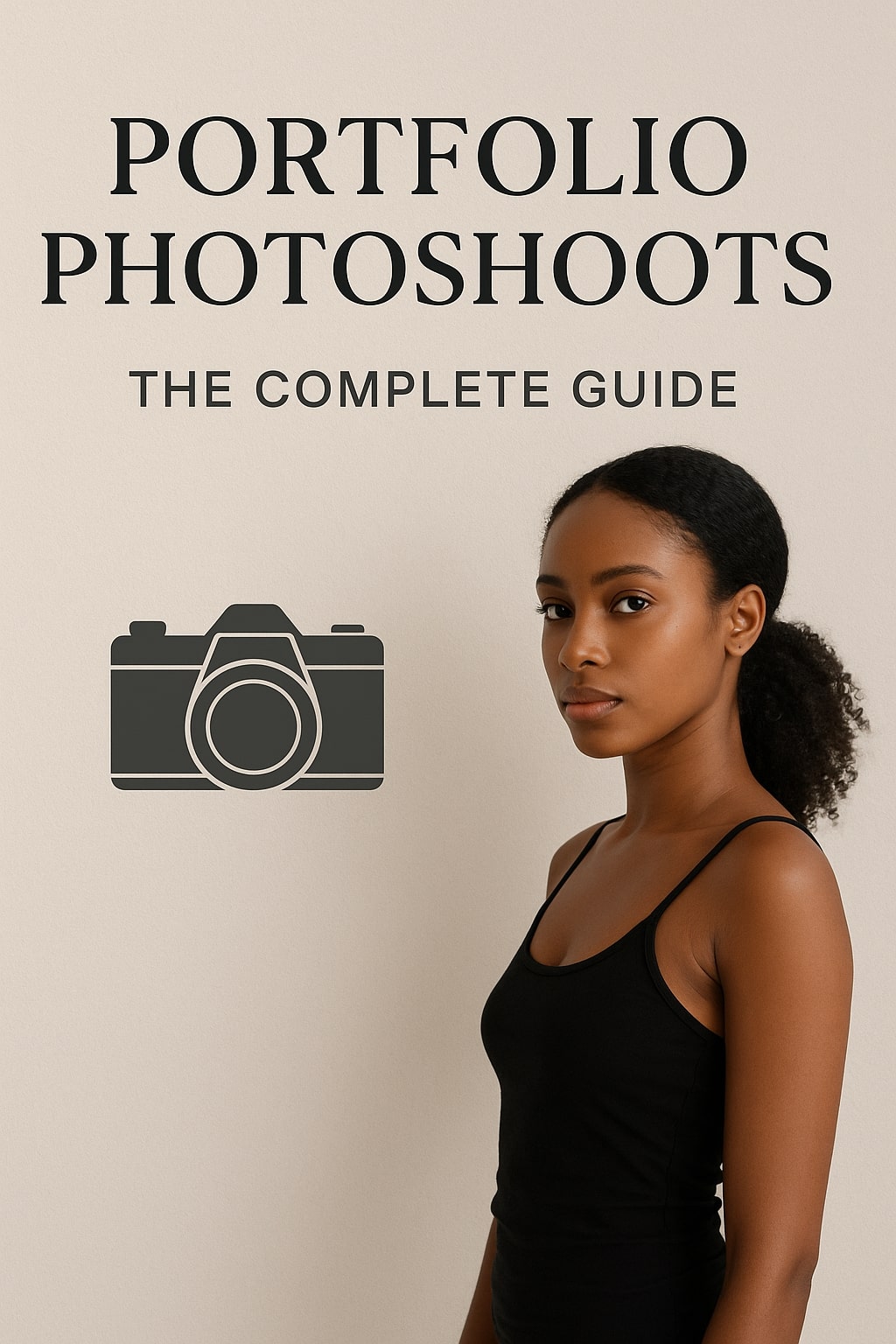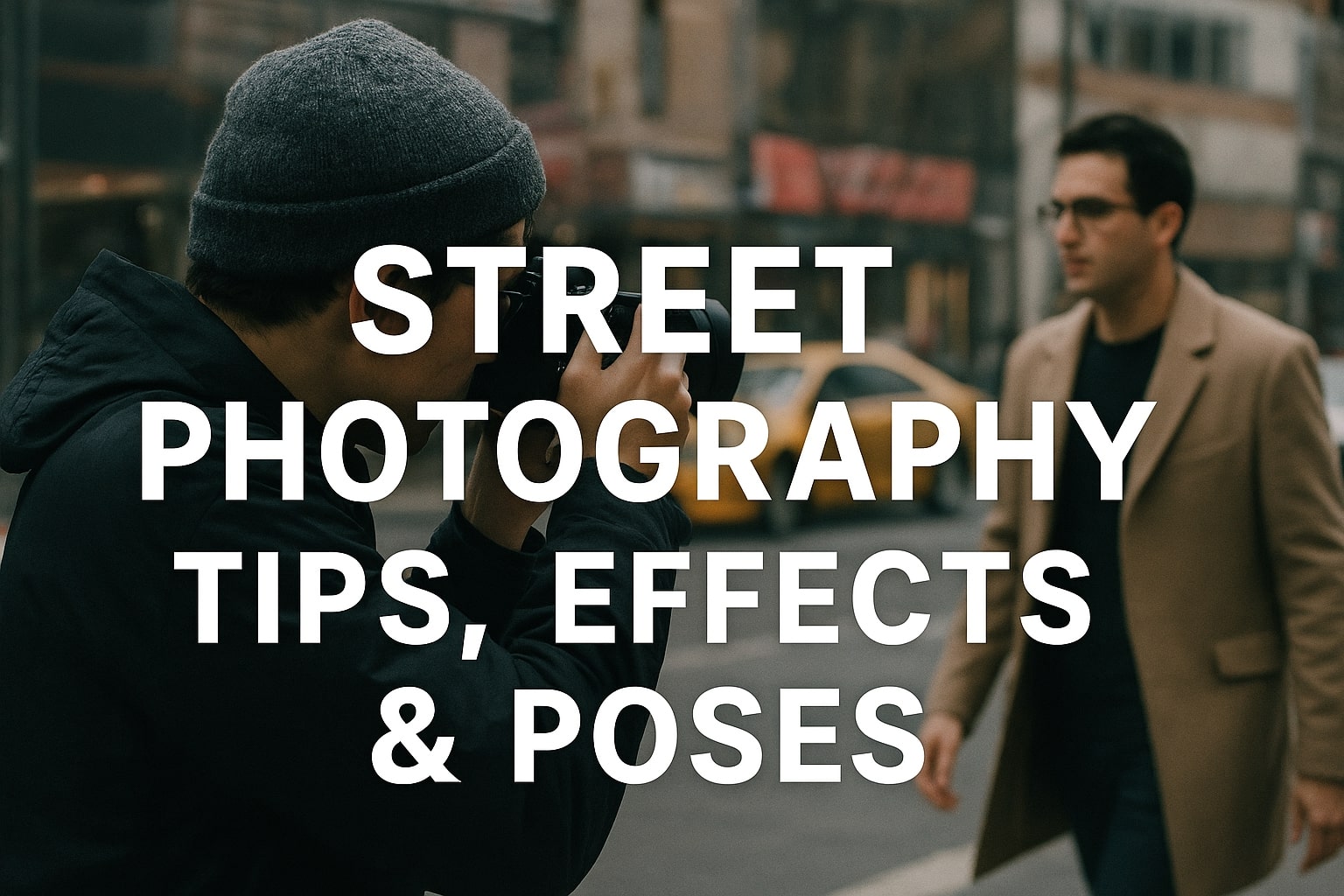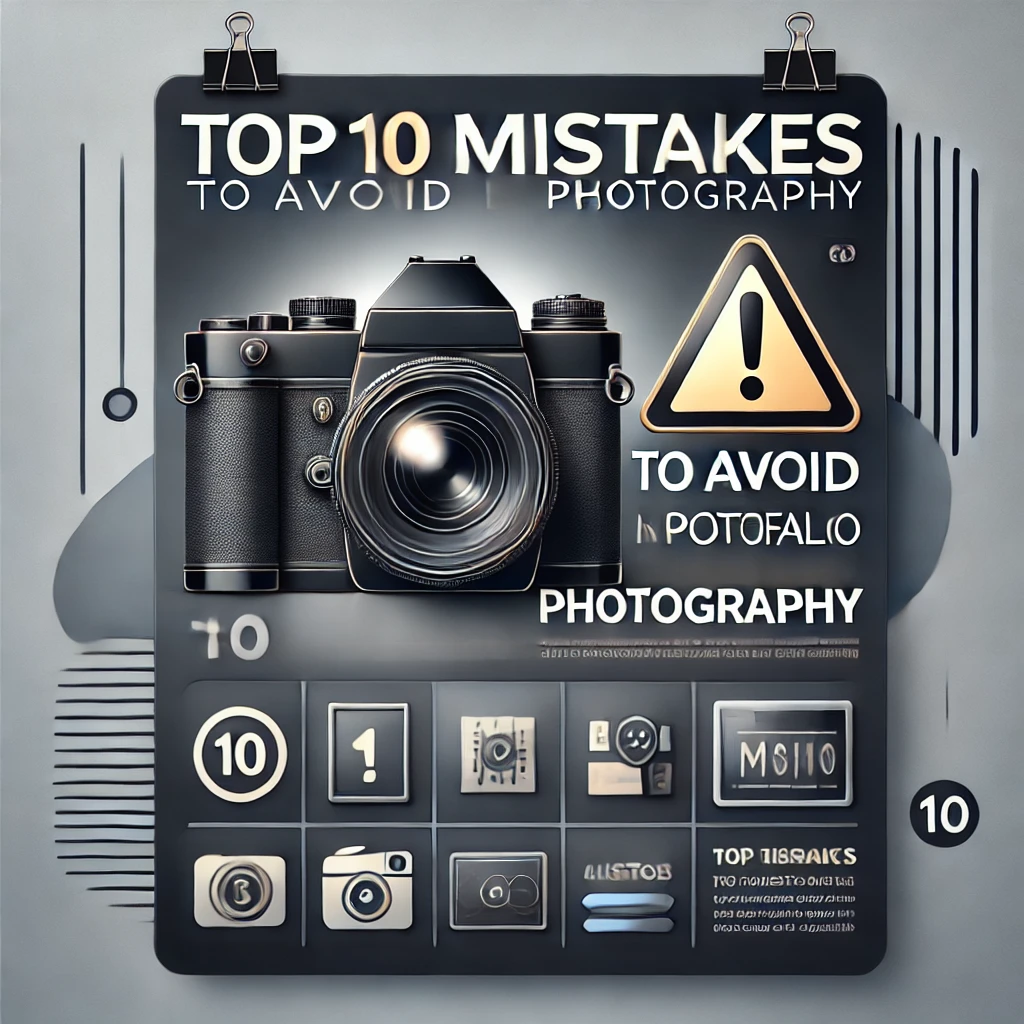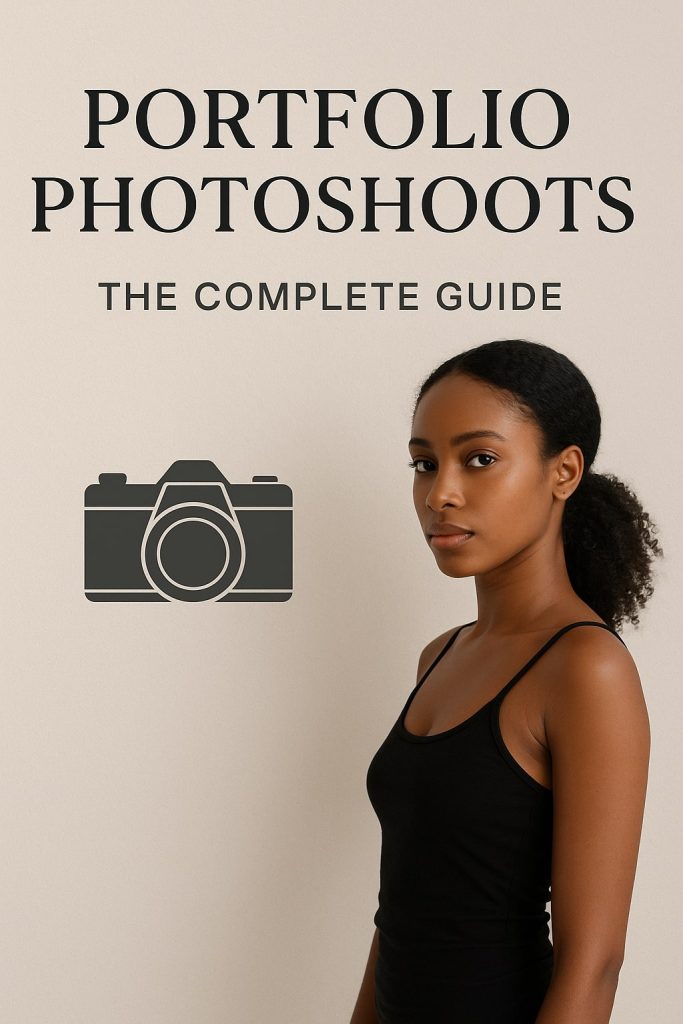Portfolio photography is an essential aspect of any professional photographer’s career. Whether you’re an aspiring artist or an established professional, your portfolio is your visual resume. It serves as a testament to your skills, creativity, and ability to capture moments effectively. However, many photographers unknowingly make mistakes that weaken their portfolio’s impact. Understanding these pitfalls and learning how to avoid them can make the difference between attracting high-paying clients and getting overlooked. In this comprehensive guide, we’ll explore the top 10 mistakes to avoid in portfolio photography, providing actionable solutions to elevate your work.
1. Lack of a Clear Theme or Style
Why It’s a Mistake
A portfolio should reflect your signature style. If your collection is inconsistent or lacks cohesion, potential clients may struggle to understand your expertise.
How to Avoid It
- Identify your unique style and stick to it.
- Create thematic sections if you shoot multiple genres.
- Avoid adding random images that don’t align with your brand.
- Regularly update your portfolio to maintain consistency.
2. Including Too Many Photos
Why It’s a Mistake
An overloaded portfolio can overwhelm viewers, making it difficult for them to focus on your best work.
How to Avoid It
- Curate a selection of 20–30 of your strongest images.
- Prioritize quality over quantity.
- Remove redundant or repetitive shots.
3. Using Low-Quality or Poorly Edited Images
Why It’s a Mistake
Low-resolution or unedited images can make your portfolio look unprofessional, diminishing your credibility.
How to Avoid It
- Always showcase high-resolution images.
- Edit your photos professionally to enhance colors, contrast, and composition.
- Avoid excessive retouching that makes images look unrealistic.
4. Ignoring Composition and Storytelling
Why It’s a Mistake
Technical expertise alone isn’t enough—your portfolio should tell compelling visual stories.
How to Avoid It
- Use strong compositions to direct attention.
- Include images that evoke emotions and narratives.
- Experiment with different framing techniques to create impactful visuals.
5. Lack of Diversity in Subjects or Locations
Why It’s a Mistake
If all your images look similar, it might give the impression that you lack versatility.
How to Avoid It
- Feature a variety of models, settings, and lighting conditions.
- Include environmental portraits, studio shots, and candid moments.
- Show your ability to adapt to different scenarios.
6. Not Showcasing Your Best Work First
Why It’s a Mistake
If your strongest images are buried deep in your portfolio, viewers may never reach them.
How to Avoid It
- Arrange images strategically, placing the best ones at the beginning.
- Use a compelling cover photo that represents your style.
- Continuously refine your selection based on feedback.
7. Overlooking Technical Aspects
Why It’s a Mistake
Clients expect perfection, and small technical flaws can make your work appear amateurish.
How to Avoid It
- Ensure proper exposure, focus, and color balance in every shot.
- Pay attention to details like sharpness and background distractions.
- Use calibrated monitors for accurate color grading.
8. Not Optimizing for Online Viewing
Why It’s a Mistake
An unoptimized website or portfolio can deter potential clients from exploring your work.
How to Avoid It
- Use a responsive website that works across devices.
- Compress images without compromising quality to improve loading speed.
- Organize your portfolio with intuitive navigation.
9. Failing to Add Personal Branding Elements
Why It’s a Mistake
A portfolio without personal branding may not leave a lasting impression.
How to Avoid It
- Include a professional bio with your portfolio.
- Add a consistent watermark or logo.
- Use a cohesive color scheme and font style.
10. Neglecting Regular Updates
Why It’s a Mistake
A stagnant portfolio suggests a lack of growth and innovation.
How to Avoid It
- Update your portfolio at least twice a year.
- Replace older images with fresh, high-quality work.
- Showcase recent projects to highlight your current skills.
Conclusion
Your portfolio is a reflection of your artistic journey and professional expertise. These Mistakes to Avoid in Portfolio Photography will help you create a compelling, high-quality showcase that attracts the right audience. Focus on consistency, quality, storytelling, and branding to make your portfolio stand out.
By implementing these insights, you can refine your collection and build a portfolio that not only represents your best work but also opens doors to new opportunities.

Mobile Photography Hacks: Candid Moments with Your Phone

Professional Model & Portfolio Photoshoots: Show Your Best Work
-

Street Photography Tips, Effects & Poses – Complete Guide
-

Leica Q2 for Photography: Why It’s Loved by Photographers
Mobile Photography Hacks: Candid Moments with Your Phone
Discover high-impact mobile photography hacks to capture genuine, gorgeous candid moments with your phone. Learn practical tips, composition secrets, and pro techniques to turn everyday scenes into stunning visual stories. Introduction: The New Age of Mobile Photography Photography has evolved beyond heavy cameras, technical jargon, and expensive equipment. Today, the power to capture extraordinary moments
Professional Model & Portfolio Photoshoots: Show Your Best Work
” Discover how to plan, style, and execute stunning portfolio photoshoots that showcase your skills, personality, and versatility. This comprehensive guide covers professional tips, posing ideas, gear suggestions, and industry insights for models and photographers.” Introduction – Why Portfolio Photoshoots Are the Cornerstone of a Photographer’s Career A well-crafted portfolio photoshoot is more than a
Street Photography Tips, Effects & Poses – Complete Guide
Discover the ultimate guide to Street Photography with expert tips, creative effects, and dynamic poses. Learn how to capture authentic urban moments, master composition, and tell powerful visual stories through your lens. Article Outline 1. Introduction to Street Photography Street Photography is more than just taking pictures of people in public spaces — it’s about
Leica Q2 for Photography: Why It’s Loved by Photographers
Introduction: The Cult Status of the Leica Q2 The Leica Q2 is not just a camera—it’s a statement. Combining the heritage of German precision engineering with modern digital excellence, it holds a special place in the hearts of professional and passionate photographers alike. With its full-frame sensor, prime Summilux lens, and minimalist design, the Q2
Top Cameras Under ₹1 Lakh for Freelance Photography
Freelance photography is no longer a niche—it’s a booming creative profession that demands not only vision and hustle but also the right gear. Your camera isn’t just a tool; it’s your storytelling partner. If you’re a freelance photographer aiming to balance performance, versatility, and budget, investing in a cameras under ₹1 lakh can offer the
Top Features of Nikon D850 That Make It Ideal for Photoshoots
Explore the top features of the Nikon D850 that make it a powerhouse for photoshoots. From exceptional resolution to dynamic range, this detailed Nikon D850 guide is built for professional and aspiring photographers. 1. Introduction When Nikon launched the D850, it quickly earned a reputation as a flagship DSLR that redefined what photographers could expect






